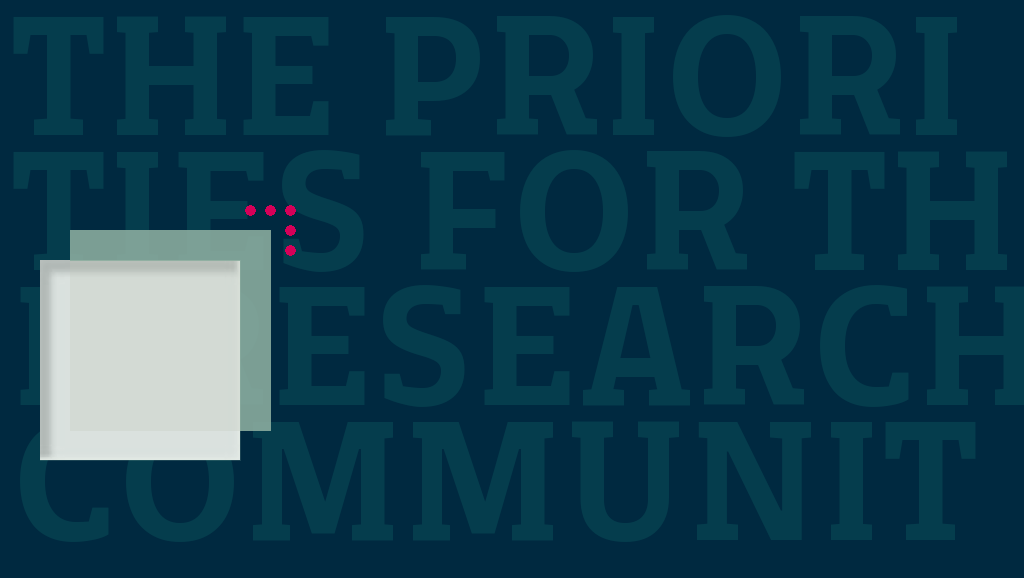‘The research community needs to complement its historic role in identifying problems of sustainability with a greater willingness to join with the development and other communities to work on practical solutions to those problems. This means bringing our S&T [Science and Technology] to bear on the highest-priority goals of a sustainability transition, with those goals defined not by scientists alone but rather through a dialogue between scientists and the people engaged in the practice of “meeting human needs while conserving the earth’s life support systems and reducing hunger and poverty”. At the international level, the Johannesburg Summit, building on the United Nations Millennium Declaration, has defined these priorities in terms of the so-called “WEHAB” targets for water, energy, health, agriculture, and biodiversity. A more systematic study of internationally sanctioned goals and targets for a sustainability transition, together with an evaluation of the state of reporting and assessment on progress in attaining those goals, is provided by Parris and Kates in their contribution to this Special Feature. As important as this international consensus on goals and targets may be for targeting problem-driven research in support of a sustainability transition, however, it is not sufficient. A joint workshop held by the International Council for Sciences, the Third World Academy of Science, and the Initiative on Science and Technology for Sustainability concluded that “agenda setting at the global, continental, and even national scale will miss a lot of the most important needs…. The transcendent challenge is to help promote the relatively `local’ (place- or enterprise-based) dialogues from which meaningful priorities can emerge, and to put in place the local support systems that will allow those priorities to be implemented”. Where such systems exist, the production of usable, place-based knowledge for promoting sustainability has been impressive indeed.’
By Clark & Dickson of the Kennedy School of Government at Harvard University, full text availalble at: http://www.pnas.org/cgi/content/full/100/14/8059#REF15
















